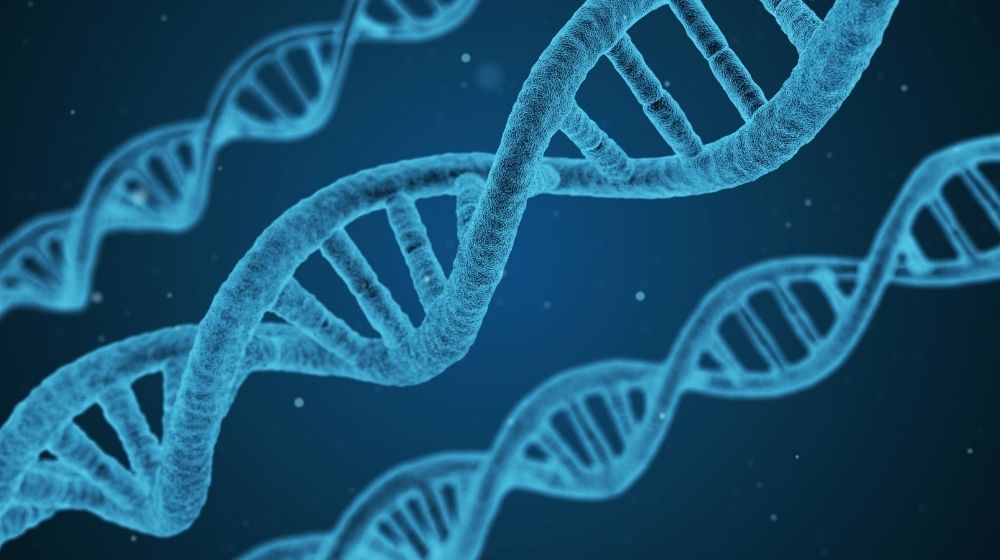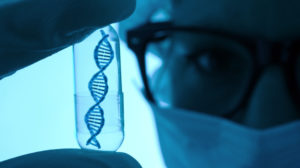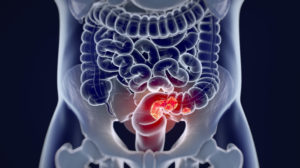Researchers have discovered biomarkers of autism in the umbilical cord, which could aid physicians in making an early diagnosis of autism spectrum disorder (ASD), and thus create intervention strategies.
RELATED: Study Shows The Older A Person Is When They Give Birth, The Older They May Live
In this article:
- What Is Autism?
- What Are The Symptoms of Autism?
- Why Is Early Diagnosis Important?
- What Are The Treatments For ASD?
- Biomarkers of ASD in the Umbilical Cord
- Epigenetics
- Summary Points
Biomarkers of Autism Found in Umbilical Cord
What Is Autism?

According to the National Institute of Mental Health, the definition of autism spectrum disorder (ASD) is “a developmental disorder that affects communication and behavior. Although autism can be diagnosed at any age, it is said to be a “developmental disorder” because symptoms generally appear in the first two years of life.”
Autism is also known as a “spectrum” disorder because of the range of linked conditions that range in severity. ASD occurs in all economic, ethnic, and racial groups.
What Are The Symptoms of Autism?
The neurodevelopmental condition, which has complex heritability, is distinguished by difficulties with sensitive senses. Behaviors can be repetitive and limited, and speech delayed or monotonous.
A guide created by the American Psychiatric Association, which is used to diagnose mental disorders, mentions that people with ASD have:
- Restricted interests and repetitive behaviors
- Symptoms that impair the capability to perform correctly in all areas of life, like school and work.
- Difficulty with communication and interaction with other people
Why Is Early Diagnosis Important?
The most recent data from the CDC, from March 2020, estimates an average of 1.9% of children have ASD. The data was collated from 2016 health records of 8-year-old children across the U.S. in various locations:
- An average of 1 in every 54 (1.9%) 8-year-old children were recognized as having ASD.
- ASD is documented to occur in all ethnic and racial groups.
- ASD is 4.3 times more frequent in boys (3.0%) than in girls (0.7%).
Early diagnosis is essential because ASD causes significant social, behavioral, and communication problems. Problem-solving, interacting, and learning can be challenging for people with ASD, much different from other people. Their ability can range from severely challenged to gifted, and therefore people with ASD can need a lot of support doing daily tasks.
People with ASD often don’t look any different from other people, so if biomarkers of autism can make an early diagnosis, more children can get treatment early on.
Without an early diagnosis of ASD, someone with this disorder will likely face many difficulties in life that will affect their development and behavior.
RELATED: New Study Shows A Body’s Biological Age Can Be Reversed
What Are The Treatments For ASD?
Despite ASD being a lifelong disorder, treatments and therapies can improve people’s ability to function and help symptoms.
Usual treatments include:
- speech-language therapy
- social skills training
- sensory integration therapy
- play-based therapy
- physical therapy
- use of assistive technology
- occupational therapy
- nutritional therapy
Biomarkers of ASD in the Umbilical Cord
The University of California Davis Mind Institute researched the umbilical cord blood of newborn babies. They found that, at birth, a definite DNA methylation marker was exposed over regulatory regions and genes relevant to early fetal neurodevelopment. The biomarker of autism provides novel insights for early identification and, therefore, therapy.
Seventy-four males and 32 females were DNA tested for differentially methylated regions (DMRs), and a replication set was discovered in eight females and 38 males.
Researchers looked for patterns that would show the subsequent diagnosis of autism spectrum disorder.
Epigenomic biomarkers that were sex-specific showed seven regions in males, and 31 regions in females had replicated sets of DMRs.
Epigenetics

What is the epigenome? This refers to chemical tags, like DNA methylation, that attaches themselves to DNA. Changes in these chemical tags can regulate DNA activity, causing the expression of genes to be either switched on or off.
The genome will have DMRs or regions with a significantly changed methylation status.
New cells transfer genetically because they use the DNA instructions so that ASD can be passed through several generations.
The longitudinal study, Markers of Autism Risk in Babies (MARBLES), showed that mothers who already had one child with ASD had increased chances of having another child with autism.
Summary Points
- The neurodevelopmental disorder, ASD, is more prevalent in males, with around one in 54 people suffering from the condition.
- The neonatal epigenome can mirror former interactions between genetic and environmental factors during early development and affect future health
If you’re interested in learning more about epigenetics, visit the TruDiagnostic website or get more involved at the TruDiagnostic forum.
Please share your thoughts about methylation expression with us in the comments section below.
Up Next:
- Improve Sperm Health With These 9 Epigenetic Factors
- Epigenetic Modifications — Can Scientists Turn Off SARS-Cov-2?
- Epigenetic Markers May Show Which Type 2 Diabetes Patients Can Tolerate Metformin
Sources:





